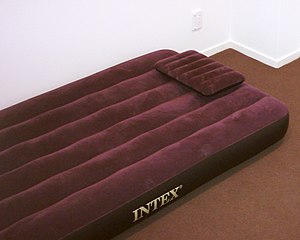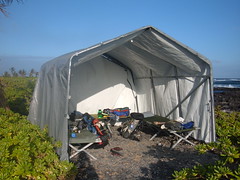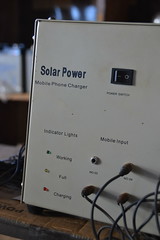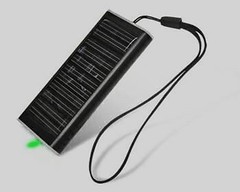So now that we have looked at purchased bed solutions, let’s talk about what goes on top before you do.
The basic categories are air mattresses, inflatable pads (commonly used by back packers), foam pads and mattresses. There are also exotic items like feather beds, and any number of combinations of these things.
So what have I tried? Well the obvious choice as a beginning camper was an air mattress.
We got the “high quality” flocked version. The advantage to this type of air mattress over the super cheap ones is that the flocking will help keep you from sliding off during the night – especially if you have a slick sleeping bag cover. We discovered that the air mattress, assuming that it did not lose air, was OK in hot weather, but in cold weather you could freeze your a@# off! Putting a survival blanket under the air mattress will usually solve this problem. We have used an extra sleeping bag under us, and also a feather bed under us. My favorite was the feather bed – it was comfortable no matter what the temperatures.
Our next upgrade was a queen sized futon. The sheer weight and bulk of the mattress simply became too difficult to deal with in the long run. After a couple of sprains my partner and I started looking for something more portable and not as heavy.
The next “step” for us was the folding foam pads that can be used for “guest beds”. One of our friends uses them with great success. We had trouble finding good ones and settled for some mail order versions. They are a little larger than I would prefer – they create a king-sized bed, and they are moderately comfortable. Ever searching for something more comfortable, we have tried adding a foam bed topper to the top of the mats and also a feather bed. I like the feather bed best (but then I said that last time!).
Our next step was a discovery that we made at a recent camping event. Our truck had broken down and therefore our bedding and tent were not available. Some friends let us borrow their tent and bed because they had one more night paid for in a local hotel. Wow! And I mean WOW! They have a high-tech 4” thick memory foam mattress on their bed. I wasn’t really sure about it when I first laid down, but it really was super comfy. Now, I should mention that I normally wake up several times a night from “pressure pain” in my hips, but not on that bed. I see a 4” memory foam mattress in my future!

English: Memory foam. The picture is taken by pressing my hand in the foam and releasing it. Nederlands: Traagschuim. De foto is gemaakt door mijn hand enige tijd in het schuim te drukken en daarna los te laten. (Photo credit: Wikipedia)
Once again you need to make adjustments according to your personal needs, budget and capabilities. I actually really enjoyed our old futon mattress, but the weight and bulk became too difficult to handle. To quote Tim Gunn, “Make it work!” Use whatever combination of mattresses and toppers works for you!
Next time: Camp Beds – Sleeping Beauty or the Princess and the Pea? – Part 3: – Getting off of the Ground – Homemade and Crafted Solutions













 Car solar charger for your PC Laptop & Cell phone
Car solar charger for your PC Laptop & Cell phone